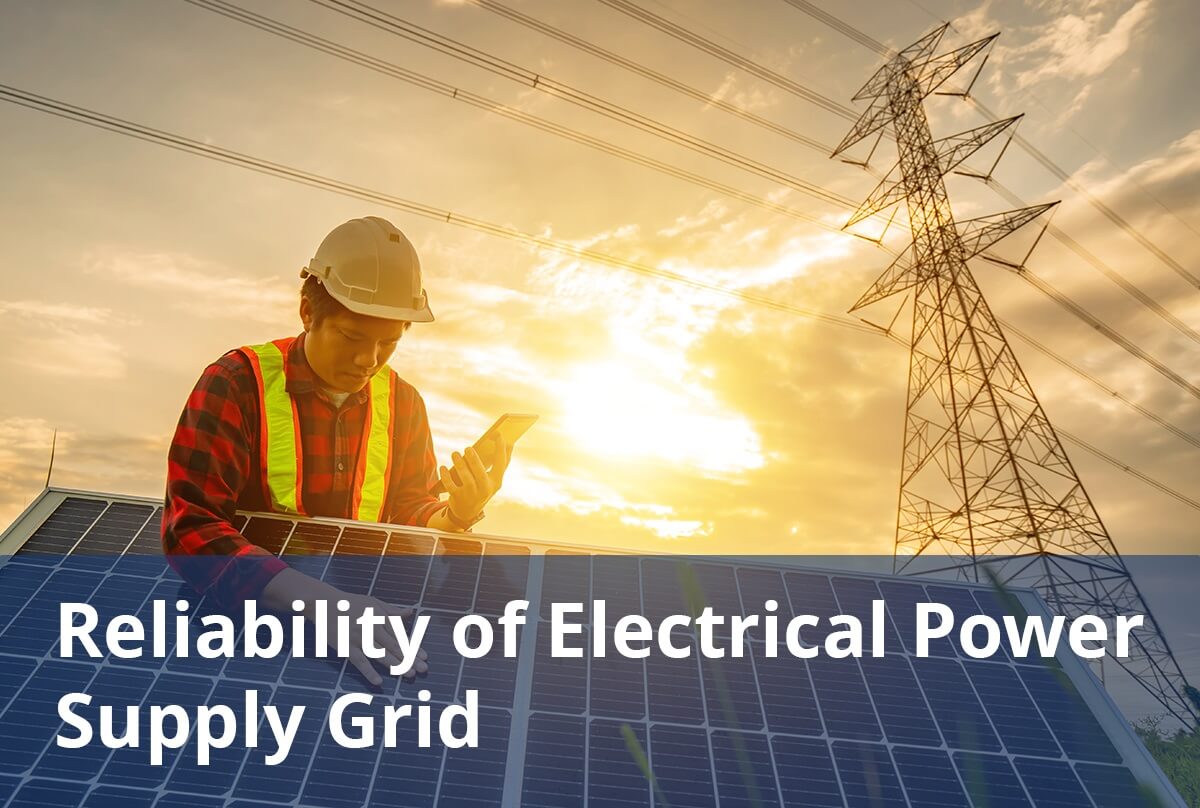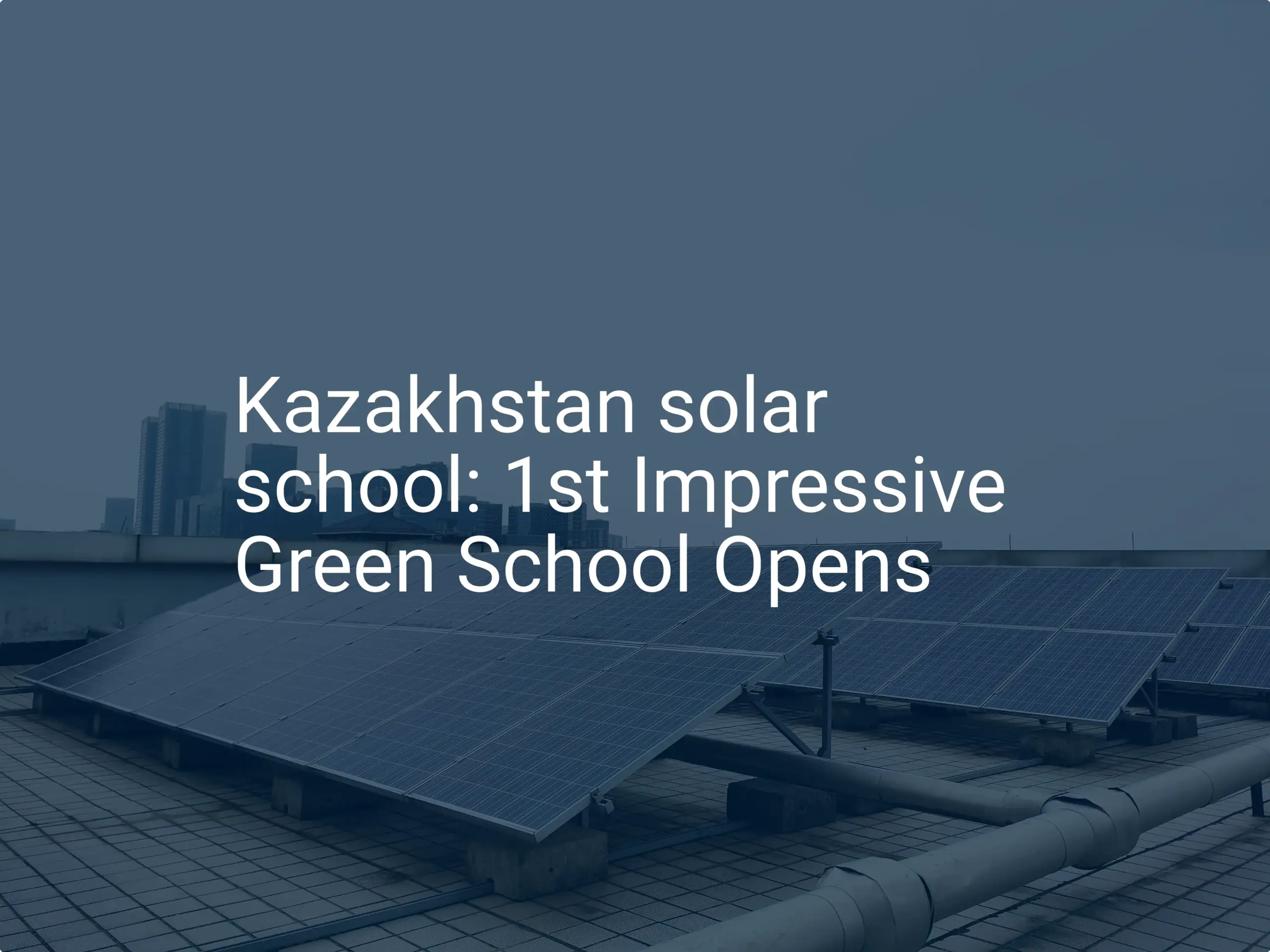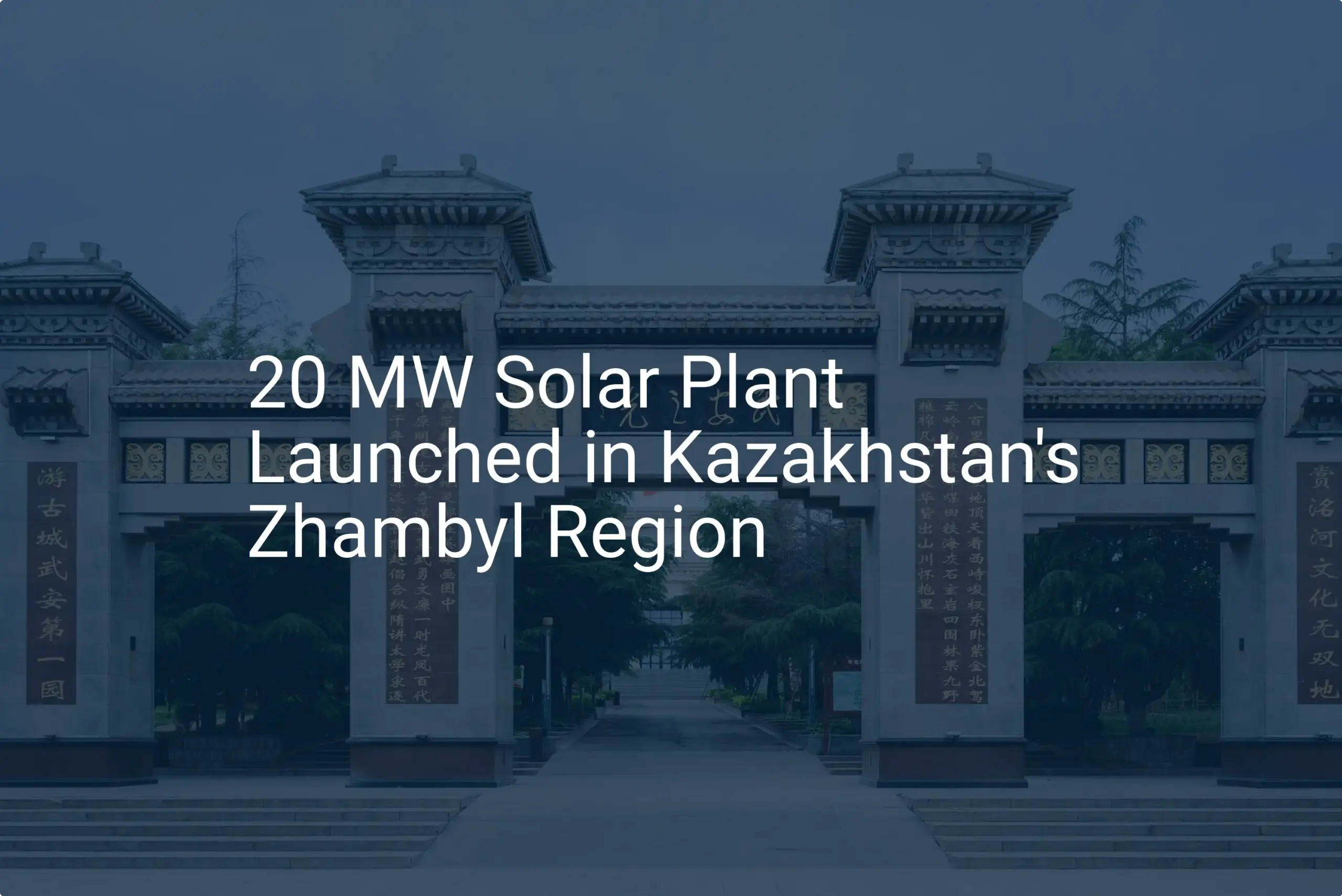Discover comprehensive insights into the statistics, market trends, and growth potential surrounding the solar panel manufacturing industry in Kazakhstan
- https://www.trade.gov/energy-resource-guide-kazakhstan-renewable-energy – “Kazakhstan – Renewable Energy” Retrieved 2 August, 2024.
- https://globalsolaratlas.info/map?c=48.101295,66.778082,11&r=GTM&s=48.101295,66.778082&m=site – “Kazakhstan” Retrieved 2 August, 2024.
- https://www.globalpetrolprices.com/Kazakhstan/electricity_prices/ – “Kazakhstan electricity prices” Retrieved 2 August, 2024.
- https://primeminister.kz/en/news/modernization-of-kazakhstans-energy-system-reliability-of-western-zone-network-doubled-26447 – “Modernization of Kazakhstan’s energy system: reliability of Western zone network doubled” Retrieved 2 August, 2024.
- https://en.trend.az/casia/kazakhstan/3880777.html – “Solar energy capacity in Kazakhstan skyrockets over past decade – IRENA” Retrieved 2 August, 2024.
- https://astanatimes.com/2024/02/kazakhstan-to-produce-modern-solar-panels/ – “Kazakhstan to Produce Modern Solar Panels” Retrieved 2 August, 2024.
- https://www.researchgate.net/publication/371113070_A_Review_on_Solar_Energy_Policy_and_Current_Status_Top_5_Countries_and_Kazakhstan – “A Review on Solar Energy Policy and Current Status: Top 5 Countries and Kazakhstan” Retrieved 2 August, 2024.
- https://lowcarbonpower.org/region/Kazakhstan – “Electricity in Kazakhstan in 2023” Retrieved 2 August, 2024.
- https://www.aljazeera.com/news/2022/1/25/millions-left-without-power-after-huge-blackout-hits-central-asia – “millions left without power after huge blackout hits central asia” Retrieved 8 August, 2024
- https://www.enfsolar.com/directory/installer/other_apac?country=122 – “Solar System Installers in Kazakhstan” Retrieved 8 August, 2024.
- https://qazaqgreen.com/en/news/kazakhstan/1798/ – “News Kazakhstan” Retrieved 2 August, 2024.
- https://www.renewablemarketwatch.com/country-reports/cis/kazakhstan/kazakhstan-solar-photovltaic-pv-power-market-outlook-2021-2030-single-user-detail – “Kazakhstan Solar Photovltaic (PV) Power Market Outlook 2021÷2030 – Single User” Retrieved 8 August, 2024
- https://www.salaryexpert.com/salary/job/solar-power-plant-technician/kazakhstan/astana – “Solar Power Plant Technician” Retrieved 6 August 2024.
- https://www.salaryexpert.com/salary/job/solar-fabrication-technician/kazakhstan/astana – “solar fabrication technician” Retrieved 6 August 2024.
- https://www.salaryexpert.com/salary/job/engineer-solar/kazakhstan – “solar engineer in Kazakhstan” Retrieved 6 August 2024
- https://www.worldometers.info/world-population/kazakhstan-population/ “kazaksthan population” Retrieved 6 August 2024.
- https://stat.gov.kz/en/industries/labor-and-income/stat-wags/publications/159499/ – “Number and wages of employees in the Republic of Kazakhstan (I quarter of 2024)” Retrieved 6 August 2024
- https://kazenergyforum.com/wp-content/uploads/files/Kazakhstans-National-Energy-Report-2023.pdf – “Kazakhstan’s National Energy Report 2023” Retrieved 6 August 2024.
- https://www.expatistan.com/cost-of-living/country/kazakhstan – “Cost of living in Kazakhstan” Retrieved 6 August 2024.
- https://stat.gov.kz/en/industries/labor-and-income/stat-life/publications/163506/ – “Average per capita nominal monetary income (4 quarter 2023)” Retrieved 8 August 2024.
- https://www.kegoc.kz/en/electric-power/elektroenergetika-kazakhstana/ – “Kazakhstan Electric Power Industry Key Factors” Retrieved 6 August 2024.
- https://www.trade.gov/country-commercial-guides/kazakhstan-power-generation – “Power Generation” Retrieved 6 August 2024.
- https://astanatimes.com/2023/06/kazakhstan-powers-ahead-unleashing-potential-of-renewable-energy-under-critical-challenges/ – “Kazakhstan Powers Ahead, Unleashing Potential of Renewable Energy Under Critical Challenges” Retrieved 6 August 2024.
- https://www.iea.org/policies/12917-environmental-code-of-the-republic-of-kazakhstan-400-vi-as-amended – “Environmental Code of the Republic of Kazakhstan, №400-VI (as amended)” Retrieved 10 August 2024
- https://afsa.aifc.kz/en/news/renewables-in-kazakhstan-current-state-potential-and-financing-mechanisms – “Renewables in Kazakhstan: Current State, Potential and Financing Mechanisms” Retrieved 6 August 2024.
- https://www.power-technology.com/data-insights/top-five-solar-pv-plants-in-operation-in-kazakhstan/ – “Top five solar PV plants in operation in Kazakhstan” Retrieved 3 August 2024.
- https://www.gem.wiki/Otrar_(Eni)_solar_farm – “Otrar (Eni) solar farm” Retrieved 3 August 2024.
- https://www.gem.wiki/Globalia_Kft_solar_farm – “Globalia Kft solar farm” Retrieved 3 August 2024.
- https://igtipc.org/wp-content/uploads/2024/07/carer_na_anglijskom_yernar_bilyalov.pdf – “ASPECTS OF FINANCING OF RES PROJECTS IN KAZAKHSTAN” Retrieved 3 August 2024.
- https://econrg.kz/en – “ECONRG Solar Water Heaters” Retrieved 3 August 2024.
- https://www.universalenergy.com/en/about – “Universal Energy (UE)” Retrieved 3 August 2024.
- https://goldbecksolar.com/en/dienstleistungen/ – “Our services” Retrieved 3 August 2024.
- https://greda.kz/about_us – “GreenDem” Retrieved 3 August 2024.
- https://nurkuat.kz/ – “NURKUAT ENERGY” Retrieved 3 August 2024.
- https://samal-energy.kz/ – “samal energy llp” Retrieved 3 August 2024.











